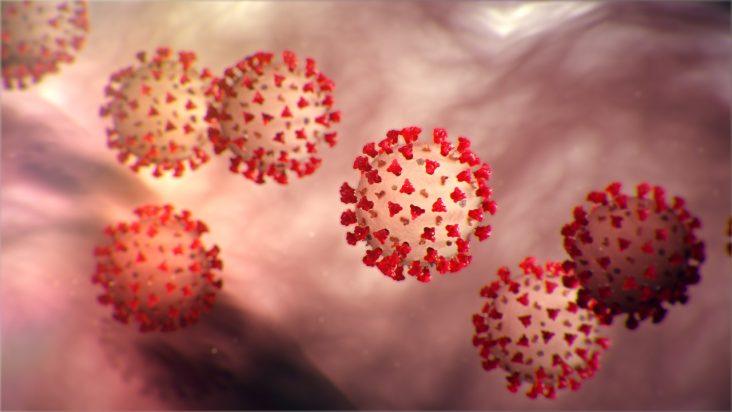ACHI to provide school district level data on COVID-19
by August 13, 2020 9:13 pm 1,153 views

With roughly 10 days before the return of in-person school classes across the state, Arkansas officials are working to provide data to assess how COVID-19 is impacting communities at the school district level.
The Arkansas Center for Health Improvement revealed Thursday (Aug. 13) that it would provide cumulative and active number of COVID-19 cases per school district, as well as rates of cases and testing per 10,000 people in each district. The data can be viewed on ACHI’s website.
ACHI partnered with the Arkansas Department of Education and the Arkansas Department of Health to make the data available to the public.
Talk Business & Politics Editor-in-Chief Roby Brock discussed the new information with ACHI President and CEO Dr. Joe Thompson, a pediatrician by training and former Arkansas Surgeon General, to learn more about what the data describes, whether more granular data coming, and does the current data support opening schools this fall.
Roby Brock: ACHI released data today on the school district level, information related to COVID-19, what’s the significance of this data that you released?
Dr. Joe Thompson: We’ve been working closely with the Health department and the Education department and listening to local leaders who wanted more granular data than what was being released at the county level. So, last week we started with the Health department support, releasing community-level data. We added to that today.
Today, we were able to put out school district data – this is the number of active cases for a population of individuals that are within a school district, which gives local leaders a little more granular information of how prevalent and how active the COVID infection is within the boundaries of their decisions that they’re going to have to make soon.
Brock: Right now, the data that we’re seeing, is that pretty much more personnel within those school districts, or are there some students that are there for some summer programs?
Dr. Thompson: So, explicitly, this is not about anything to do with who is in the schools. This is about the environment that the school district represents. So, we receive the COVID positive individuals, or the addresses from the Health department, we geo-code for the school district, and then we divide it by the population of individuals in the school district so that it’s a rate of COVID positives per people who live in the school district itself.
Brock: Gotcha. So, two-fold question here: do we need and can we expect school-specific data where you get down to the actual school?
Dr. Thompson: I think at present that is going to be difficult to achieve. Although, our center is striving to get as granular information as we can. Part of the problem on the pathway, except for elementary schools, many of our communities have referrals, either middle schools or high schools that don’t follow a geographic pattern now. So, it really is going to be difficult to go much more granular than the school district level.
I do think over time, as we put out new numbers, hopefully every week, we’ll be able to do trend information for the school district as a whole so that the community will know, ‘Okay, we’re moving in a healthier direction.’ Or, ‘We’re losing control of the virus and need to redouble our efforts.’
Brock: With what you’re seeing with the school district level data right now, what does it tell you? What are you seeing in the results?
Dr. Thompson: I think we’re seeing the same thing that’s true at the county level, and then as we’ve been putting out at the trauma system level and the Health department, there’s pretty wide variation. Four weeks ago, the northwest part of the state was really a hotspot. They have gotten control of that there, and I think many of the school districts, they’re going to have a lower active case rate per population for their school district.
Unfortunately, the southeastern part of the state has flared up and we had some school districts in the southeastern part of the state, like school districts in many parts of the state, that do have relatively high rates of active cases within the population that they serve.
Brock: Do you see anything in the school district data that tells you as a public health official, a former state surgeon general, and as a pediatrician – is there anything that suggests schools should not open for in-person classes as a whole, or maybe in specific areas?
Dr. Thompson: Today, I don’t think I can point to a school district. I think we’re still a couple of weeks out. I think as we put additional weeks onto this and we have trending information, that becomes one point of informing decisions that I think will be very important.
If a school district and their population is in an area that had a rapidly rising, active case rate, that would be a cause for concern. Conversely, if a school district has a reducing trend rate, that could be a cause for a positive event, an ability to be more competent, that it is to say, to go on with the normal activities associated with school as they open this fall.
Brock: Dr. Joe Thompson, thank you.
Dr. Thompson: Thank you very much. Look forward to being back with you when we have trend information.
